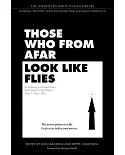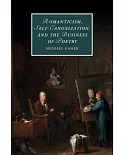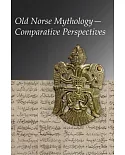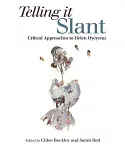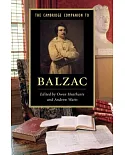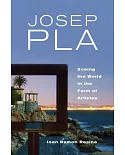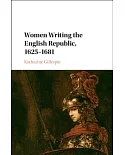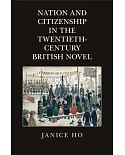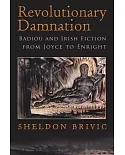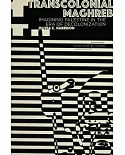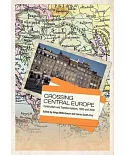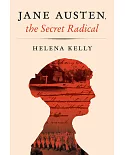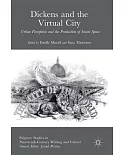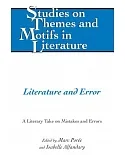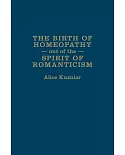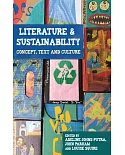These 14 essays describe how homosexuality was perceived, identified and performed during the era most closely associated with Enlightenment. Those based upon social constructivism cover the
role of class in representation and performance of homosexuality, material culture, performance space, and the queering (or not) of Boswell and Defoe. Those based upon essentialist historicism
cover the clash between rhetoric and practice amongst London's homosexuals in the eighteenth century, the assignment of deviousness to homosexuality, the pastoral patronage system, love between
men in Handel's Saul, Penelope Aubin's commentary, Oxford's warning, and the engineering and etiquette of the Enlightenment-era menage-'a-trois. Distributed by Associated University Presses.
Annotation 穢2007 Book News, Inc., Portland, OR (booknews.com)


